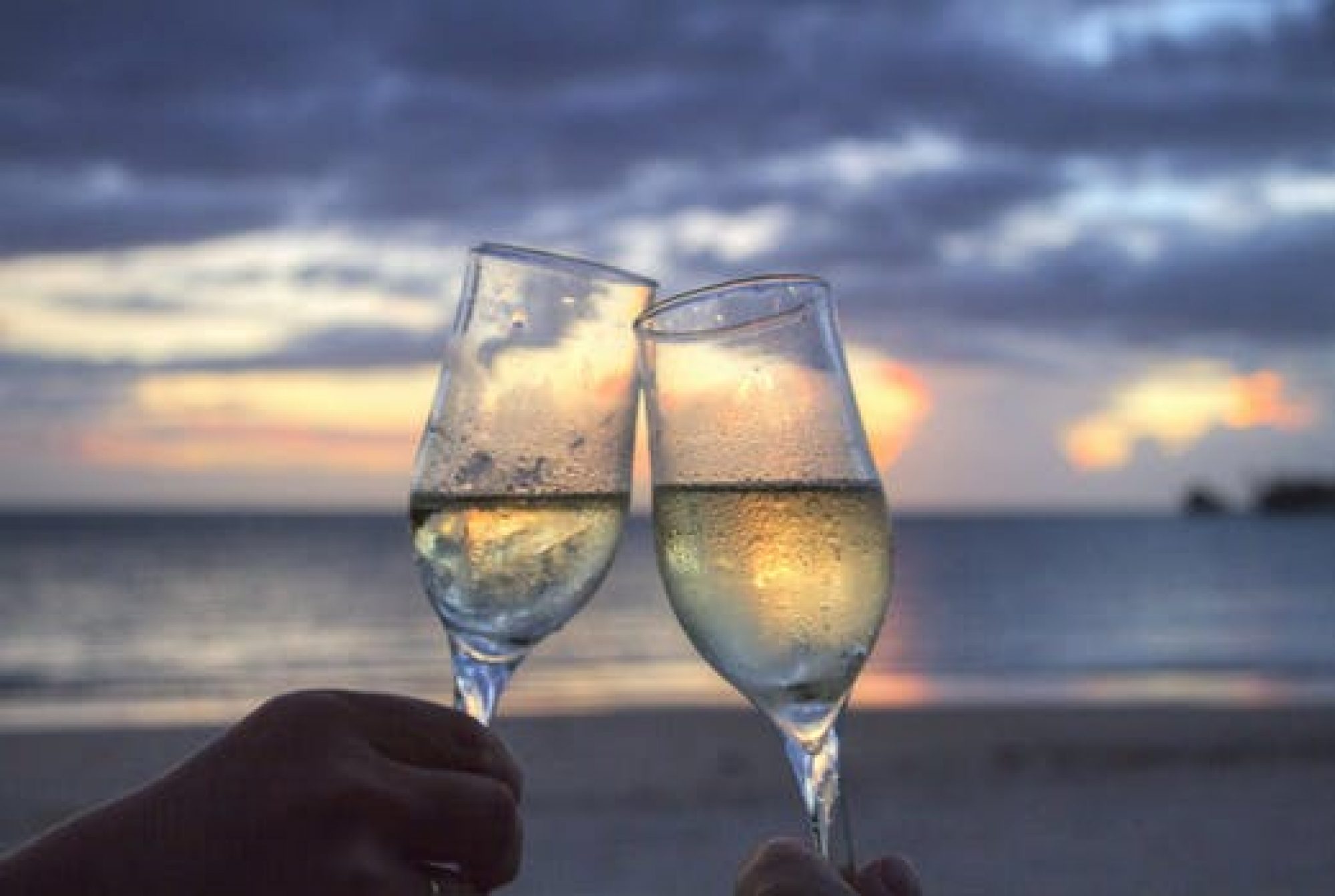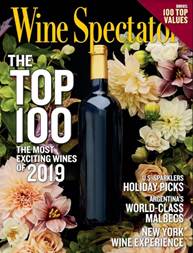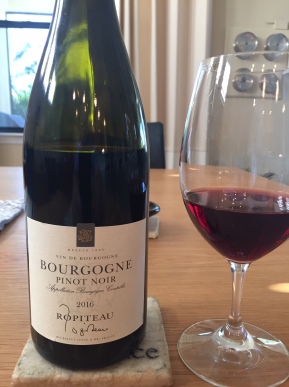The benefits of wine on health, have been known for centuries. Because of this, wine has become an integral part of many cultures and most religions. What other beverage had both Greek and Roman gods dedicated to it? We know that moderate wine drinking reduces stress. In addition wine, particularly red, has been shown to reduce incidences of heart disease, stroke, and diabetes. Furthermore it aids in digestion and makes meals more enjoyable. The French Paradox of 1992 gave Americans a wake up call to the benefits of wine. This study, highlighted on 60 Minutes, focused on the lifestyle of the French and featured people who ate high concentration of fatty foods and yet were not obese and had low incidences of coronary heart disease. The study claimed the cause was greater wine consumption, especially red wine. That seemed overly simplistic and further studies showed that the French ate smaller portions, included fruits and vegetables, took time over meals, and usually dined with others. It became the lifestyle which was the main cause, but of course wine played a key role. This lifestyle became the foundation of the Mediterranean Diet.
The great question here is moderation. What is moderate wine drinking? Is it one 5oz. glass per day, or 2 or 3? Is it the same for men and women? Do you need to measure the amount in the glass? What if you stretch it over time? While it should be an individual decision, it seems there is always an agency that knows better. The 2015 Dietary Guidelines state that two glasses of wine for men and one for women per day is sufficient. While we were struggling through the recent pandemic lockdowns, regulators were busy updating these guideline to reduce consumption even further. The 2020 Dietary Guidelines recommendations suggest limiting alcohol to one glass per day for men and less than one glass for women. In addition they are considering adding the World Heath Organization guidelines that state alcohol is a carcinogen. These are the same guidelines many physicians use in evaluating your lifestyle.
While there are certainly problems with excel alcohol consumption, especially binge drinking? It’s unfair to include wine drinkers in this category. Wine drinkers tend to drink moderately and most often include a meal, not just snacks. Wine consumers tend to be more educated and seldom are found inebriated or alcohol dependent. Furthermore, they account for the smallest percentage of DUIs (around 10%). We may have to live with government guidelines but the definition of moderation will be up to the individual.
Perhaps another glass of wine is in order.







You must be logged in to post a comment.